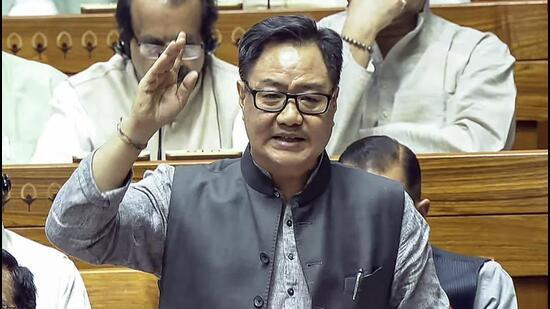
How Accurate Were Delhi Exit Poll Predictions in 2015 & 2020?
Exit polls have become an integral part of election coverage, providing insights into the likely outcome of elections. However, their accuracy is often debated, and the results of the recent Delhi Assembly elections serve as a case in point. In this blog post, we will analyze the accuracy of exit polls in predicting the outcome of the 2015 and 2020 Delhi Assembly elections.
2015 Delhi Assembly Elections: A Surprise for Pollsters
The 2015 Delhi Assembly elections were a closely watched contest, with three main parties vying for power – the Aam Aadmi Party (AAP), the Bharatiya Janata Party (BJP), and the Indian National Congress (Congress). Exit polls conducted by various news organizations estimated that AAP would secure 45 seats, BJP 24, and Congress one. However, the actual results threw up a surprise, with AAP winning 67 seats, leaving BJP with just three and Congress with none.
The 67-seat majority for AAP was a significant underestimation by exit polls, which had predicted a much narrower margin of victory. In fact, many exit polls had predicted a hung assembly, with no party able to secure a majority. The actual results showed AAP’s Arvind Kejriwal-led government emerging as the clear winner, with a massive mandate.
2020 Delhi Assembly Elections: Another Misstep by Exit Polls
The 2020 Delhi Assembly elections saw a similar pattern of underestimation by exit polls. Pre-poll surveys predicted that AAP would win 54 seats and BJP 15. However, the actual results showed AAP winning 62 seats and BJP securing eight.
While AAP’s performance was closer to the predicted mark in 2020 compared to 2015, the actual victory margin was still wider than expected. The 62-seat majority for AAP was a significant improvement over the 2015 results, but exit polls had still underestimated the party’s strength.
What Went Wrong?
There are several reasons why exit polls may have underestimated AAP’s performance in both elections. One possible reason is the difficulty in accurately predicting the voting behavior of Delhi’s voters. Delhi is a complex city, with a diverse population and a history of unpredictable electoral outcomes.
Another reason could be the limitations of exit polls themselves. Exit polls rely on a sample of voters who have already cast their ballots, which may not be representative of the overall electorate. Additionally, exit polls may be influenced by biases and errors in the polling methodology, which can lead to inaccurate predictions.
Conclusion
The accuracy of exit polls in predicting the outcome of the 2015 and 2020 Delhi Assembly elections has been called into question. While exit polls provided some insight into the likely outcome of the elections, they were unable to accurately predict the actual results.
AAP’s surprise victories in both elections highlight the importance of humility and skepticism when interpreting exit poll results. Election analysts and voters alike should be cautious when relying on exit polls and consider other factors, such as ground reports and trend analysis, to inform their predictions.
In conclusion, while exit polls can be a useful tool in understanding the likely outcome of elections, their accuracy is not always guaranteed. The 2015 and 2020 Delhi Assembly elections serve as a reminder of the importance of skepticism and critical thinking when interpreting exit poll results.
Source:






